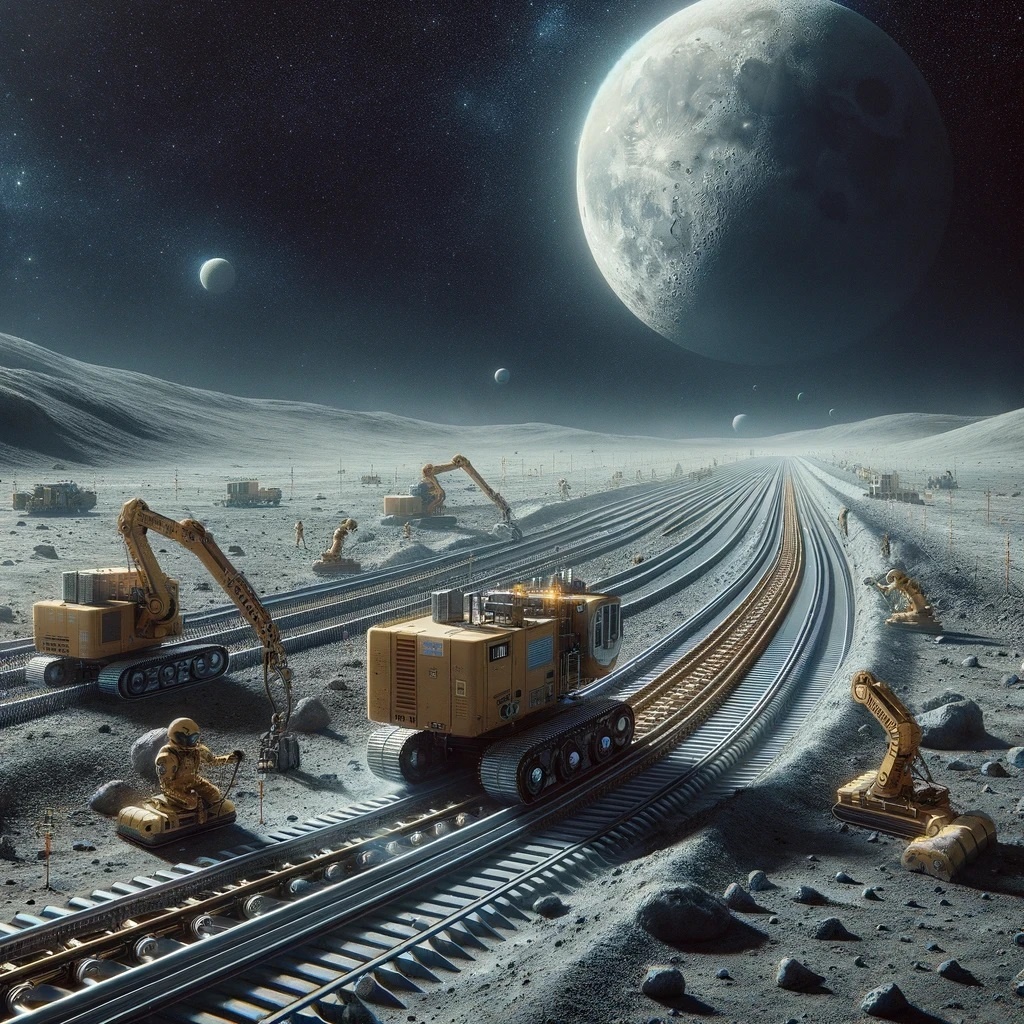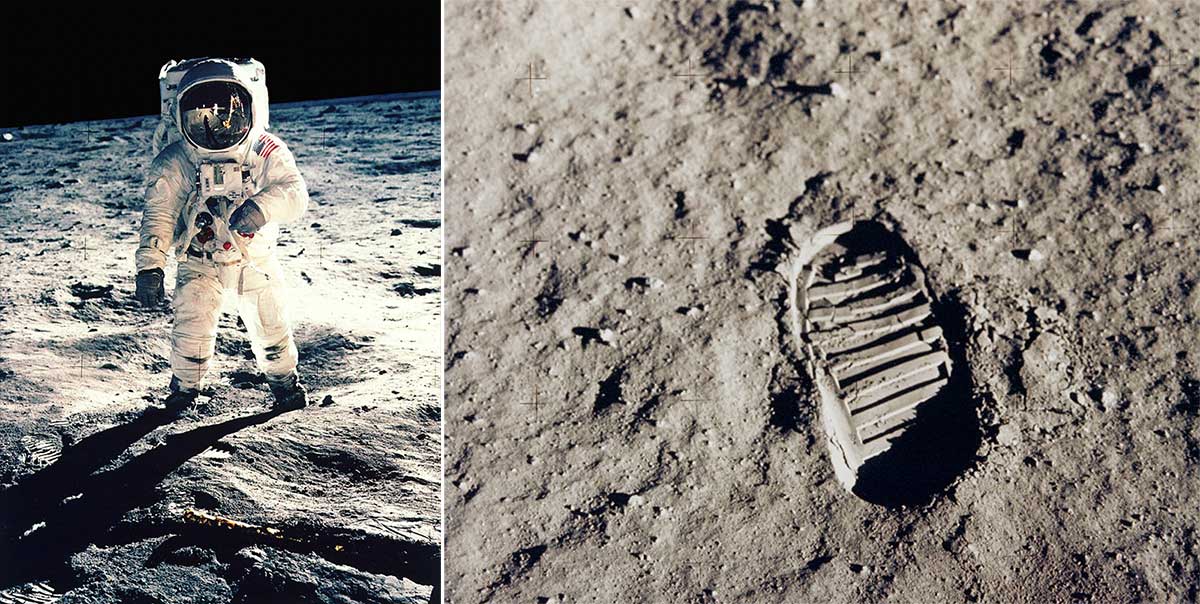On Monday, April 8th, people across North America witnessed a rare celestial event known as a total solar eclipse. This phenomenon occurs when the Moon passes between the Sun and Earth and blocks the face of the Sun for a short period. The eclipse plunged the sky into darkness for people living in the Canadian Maritimes, the American Eastern Seaboard, parts of the Midwest, and northern Mexico. Fortunately for all, geostationary satellites orbiting Earth captured images of the Moon’s shadow as it moved across North America.
Continue reading “Here's the Total Solar Eclipse, Seen From Space”Start Your Engines: NASA Picks 3 Teams to Work on Lunar Terrain Vehicle
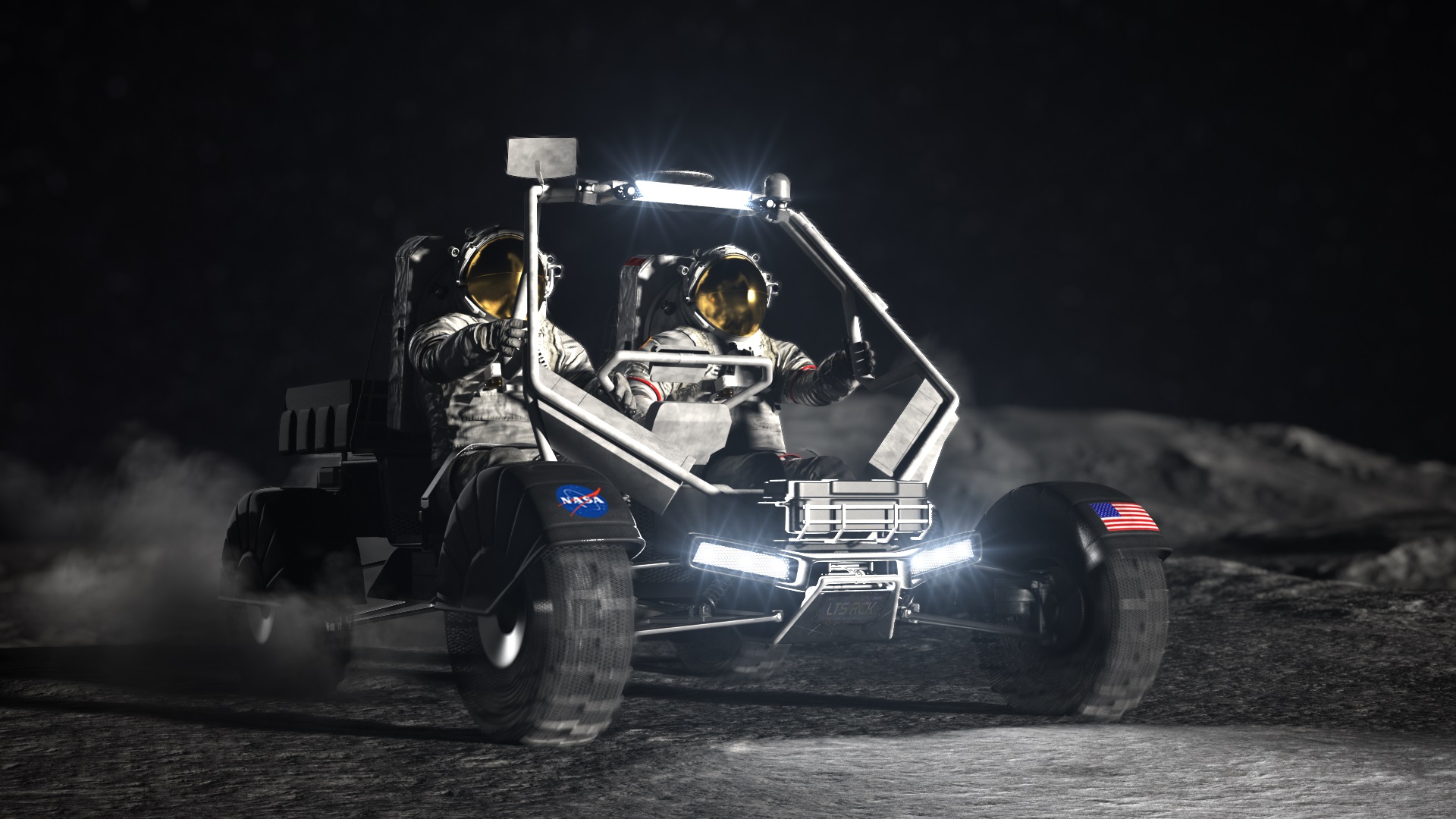
Some of the biggest names in aerospace — and the automotive industry — will play roles in putting NASA astronauts in the driver’s seat for roving around on the moon.
The space agency today selected three teams to develop the capabilities for a lunar terrain vehicle, or LTV, which astronauts could use during Artemis missions to the moon starting with Artemis 5. That mission is currently scheduled for 2029, three years after the projected date for Artemis’ first crewed lunar landing.
The teams’ leading companies may not yet be household names outside the space community: Intuitive Machines, Lunar Outpost and Venturi Astrolab. But each of those ventures has more established companies as their teammates.
Continue reading “Start Your Engines: NASA Picks 3 Teams to Work on Lunar Terrain Vehicle”China's Relay Satellite is in Lunar Orbit
On March 20th, China’s Queqiao-2 (“Magpie Bridge-2”) satellite launched from the Wenchang Space Launch Site LC-2 on the island of Hainan (in southern China) atop a Long March-8 Y3 carrier rocket. This mission is the second in a series of communications relay and radio astronomy satellites designed to support the fourth phase of the Chinese Lunar Exploration Program (Chang’e). On March 24th, after 119 hours in transit, the satellite reached the Moon and began a perilune braking maneuver at a distance of 440 km (~270 mi) from the lunar surface.
The maneuver lasted 19 minutes, after which the satellite entered lunar orbit, where it will soon relay communications from missions on the far side of the Moon around the South Pole region. This includes the Chang’e-4 lander and rover and will extend to the Chang’e-6 sample-return mission, which is scheduled to launch in May. It will also assist Chang’e-7 and -8 (scheduled for 2026 and 2028, respectively), consisting of an orbiter, rover, and lander mission, and a platform that will test technologies necessary for the construction of the International Lunar Research Station (ILRS).
Continue reading “China's Relay Satellite is in Lunar Orbit”Northrup Grumman is Studying How to Build a Railway on the Moon
Roughly two years and six months from now, as part of NASA’s Artemis III mission, astronauts will set foot on the lunar surface for the first time in over fifty years. Beyond this mission, NASA will deploy the elements of the Lunar Gateway, the Artemis Base Camp, and other infrastructure that will allow for a “sustained program of lunar exploration and development.” They will be joined by the European Space Agency (ESA), the China National Space Agency (CNSA), and Roscosmos, the latter two collaborating to build the International Lunar Research Station (ILRS).
Anticipating this process of lunar development (and looking to facilitate it), the Defense Advanced Research Projects Agency (DARPA) launched the 10-year Lunar Architecture (LunA-10) Capability Study in August last year. In recent news, the agency announced that it selected Northrop Grumman to develop a moon-based railroad network. This envisioned network could transport humans, supplies, and resources for space agencies and commercial ventures, facilitating exploration, scientific research, and the creation of a lunar economy.
Continue reading “Northrup Grumman is Studying How to Build a Railway on the Moon”New Study Addresses how Lunar Missions will Kick up Moondust.
Before the end of this decade, NASA plans to return astronauts to the Moon for the first time since the Apollo Era. But this time, through the Artemis Program, it won’t be a “footprints and flags” affair. With other space agencies and commercial partners, the long-term aim is to create the infrastructure that will allow for a “sustained program of lunar exploration and development.” If all goes according to plan, multiple space agencies will have established bases around the South Pole-Aitken Basin, which will pave the way for lunar industries and tourism.
For humans to live, work, and conduct various activities on the Moon, strategies are needed to deal with all the hazards – not the least of which is lunar regolith (or “moondust”). As the Apollo astronauts learned, moondust is jagged, sticks to everything, and can cause significant wear on astronaut suits, equipment, vehicles, and health. In a new study by a team of Texas A&M engineers, the regolith motion was found to be significantly altered due to inter-particle collisions. Given the many spacecraft and landers that will be delivering crews and cargo to the Moon in the near future, this is one hazard that merits close attention!
Continue reading “New Study Addresses how Lunar Missions will Kick up Moondust.”Odysseus Is Shut Down After Sending Snapshots From Moon Landing
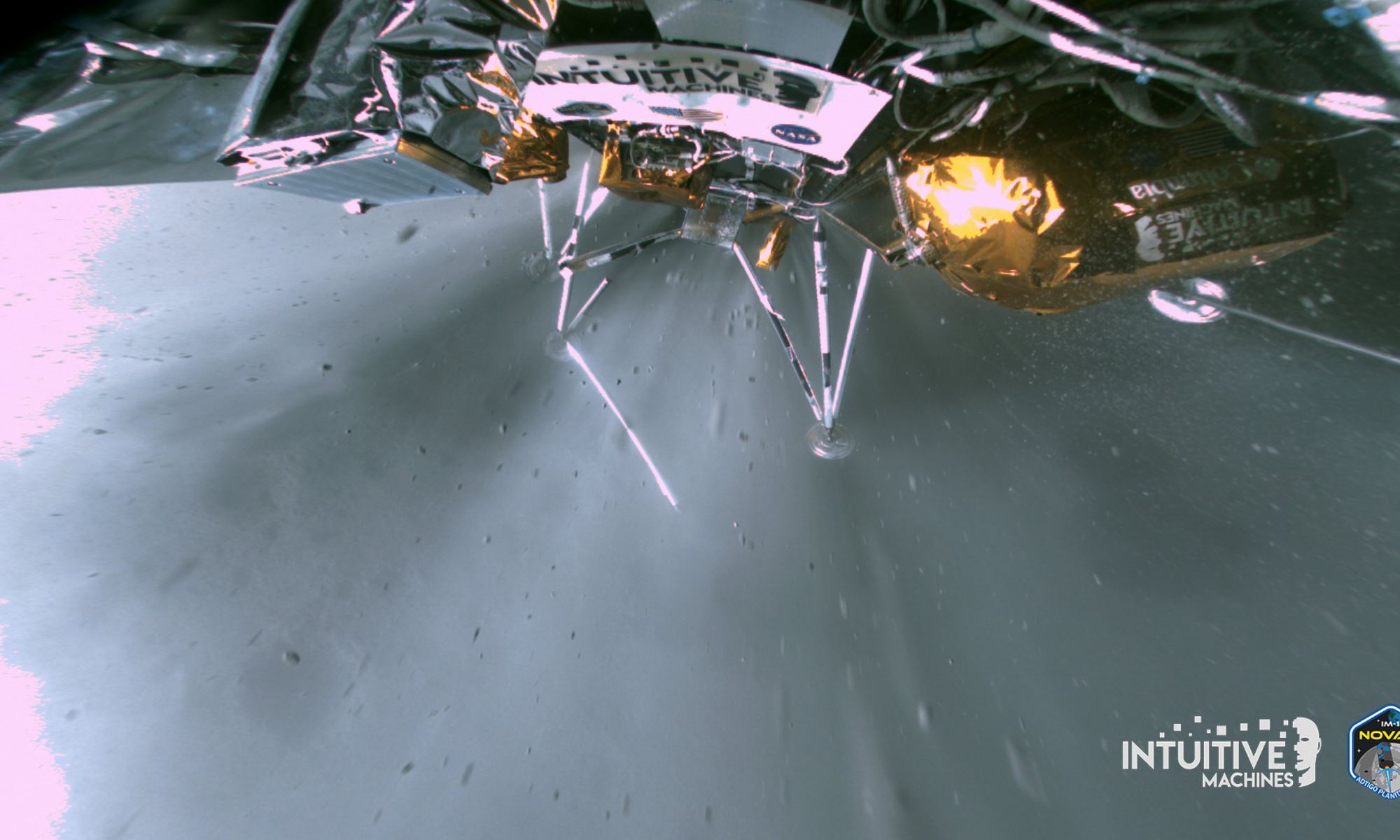
Update: On March 23, Intuitive Machines said that its Odysseus lander failed to re-establish contact after the lunar night, and took that as confirmation that the spacecraft has “permanently faded after cementing its legacy into history as the first commercial lunar lander to land on the moon.”
Previously: Intuitive Machines says it’s putting its Odysseus moon lander to bed for a long lunar night, with hopes of reviving it once the sun rises again near the moon’s south pole.
The Houston-based company and NASA recapped Odysseus’s six days of operation on the lunar surface, shared pictures showing its off-kilter configuration, and looked ahead to the mission’s next phase during a briefing today at Johnson Space Center in Texas.
The original plan called for the solar-powered spacecraft to be turned off when the sun fell below the lunar horizon, but Intuitive Machines CEO Steve Altemus said mission controllers would instead put the Odysseus into hibernation and try restoring contact in three weeks’ time. “We are going to leave the computers and the power system in a place where we can wake it up and do this development test objective, to actually try to ping it with an antenna and see if we can’t wake it up once it gets power again,” he told reporters.
Continue reading “Odysseus Is Shut Down After Sending Snapshots From Moon Landing”Electrodes in Spacesuits Could Protect Astronauts from Harmful Dust on Mars

To quote NASA associate administrator Jim Reuter, sending crewed missions to Mars by 2040 is an “audacious goal.” The challenges include the distance involved, which can take up to six months to traverse using conventional propulsion methods. Then there’s the hazard posed by radiation, which includes increased exposure to solar particles, flares, and galactic cosmic rays (GCRs). And then there’s the time the crews will spend in microgravity during transits, which can take a serious toll on human health, physiology, and psychology.
But what about the challenges of living and working on Mars for several months at a time? While elevated radiation and lower gravity are a concern, so is Martian regolith. Like lunar regolith, dust on Mars will adhere to astronauts’ spacesuits and inflict wear on their equipment. However, it also contains harmful particles that must be removed to prevent contaminating habitats. In a recent study, a team of aerospace engineers tested a new electrostatic system for removing Martian regolith from spacesuits that could potentially remove harmful dust with up to 98% efficiency.
Continue reading “Electrodes in Spacesuits Could Protect Astronauts from Harmful Dust on Mars”Odysseus Moon Lander Sends More Pictures — and We Know Where It Is
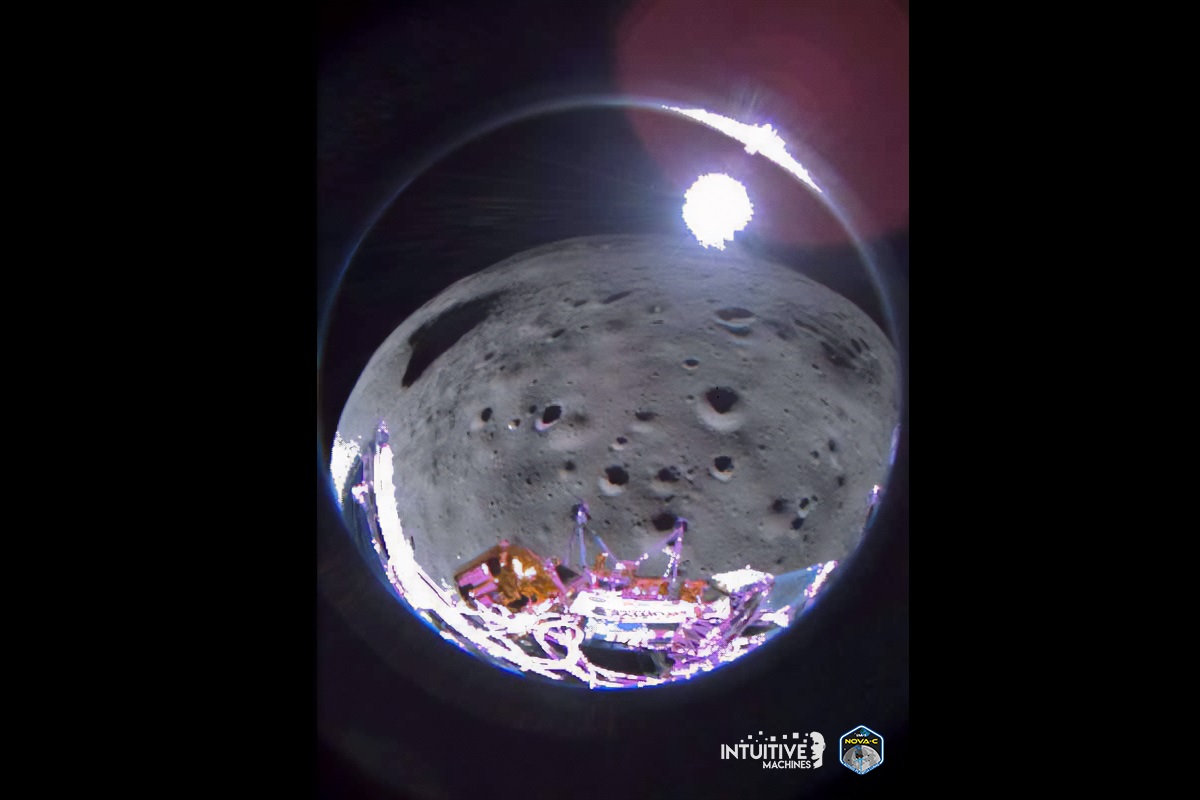
Four days after Intuitive Machines’ Odysseus lander made an off-kilter touchdown on the moon, the mission team is releasing snapshots that were taken during its descent.
The ultra-wide-angle images confirm that the lander is continuing to communicate with flight controllers, even though it’s lying in an awkward angle that limits how much data its antennas can transmit.
Meanwhile, images from NASA’s Lunar Reconnaissance Orbiter have identified Odysseus’ landing spot, within a mile (1.5 kilometers) of its intended target near a crater called Malapert A in the moon’s south polar region. The bad news is that the solar-powered lander may have to go dark sooner than anticipated.
Continue reading “Odysseus Moon Lander Sends More Pictures — and We Know Where It Is”Surprise! Japan’s SLIM Moon Lander Wakes Up After a Freezing Night
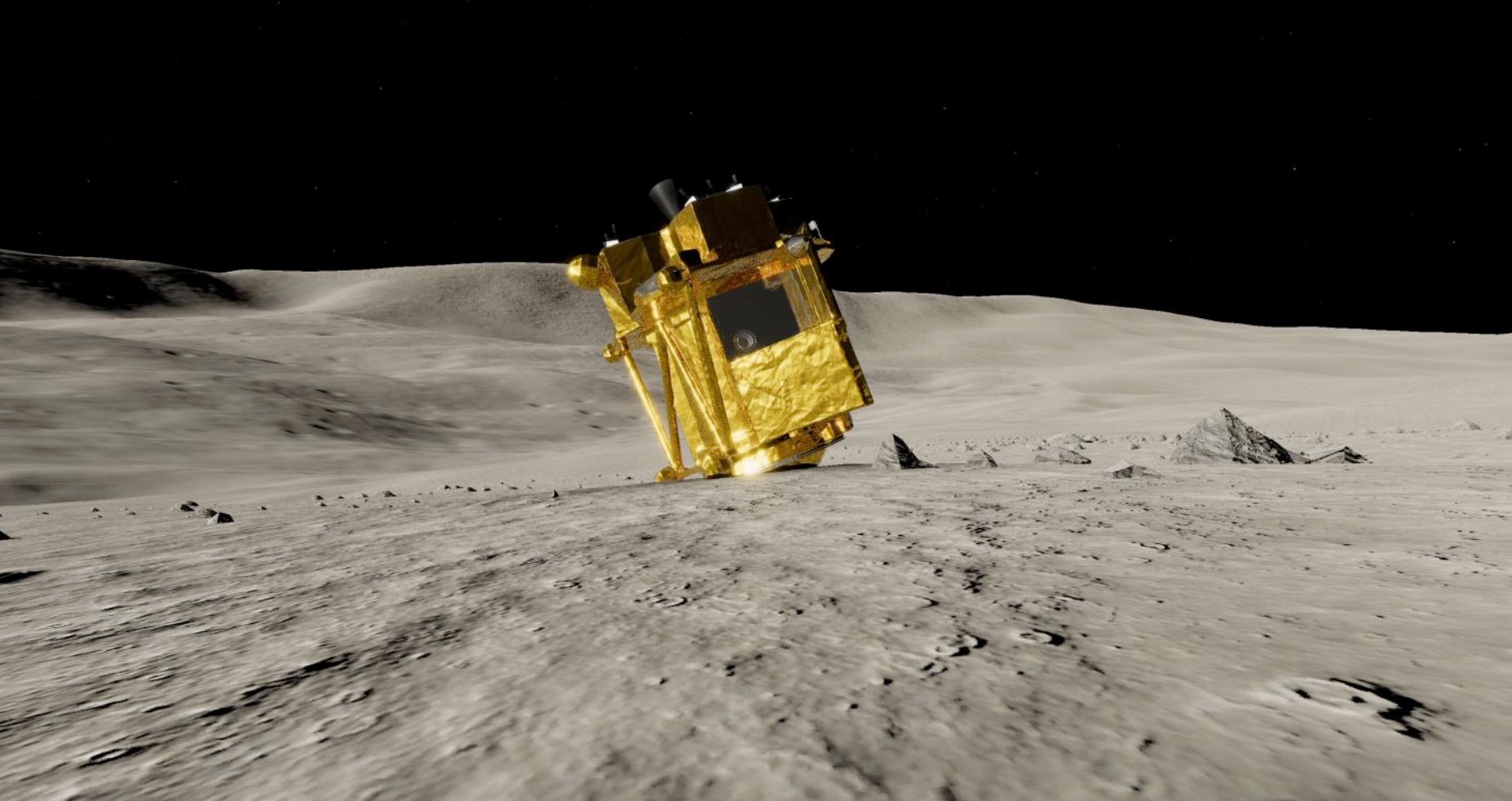
Japan’s space agency didn’t expect its wrong-side-up SLIM moon lander to revive itself after powering down for a circuit-chilling lunar night on Feb. 1. But that’s exactly what happened.
“Last night, a command was sent to SLIM and a response received, confirming that the spacecraft has made it through the lunar night and maintained communication capabilities!” the SLIM mission team reported today in a posting to X / Twitter.
Continue reading “Surprise! Japan’s SLIM Moon Lander Wakes Up After a Freezing Night”Odysseus Moon Lander Is Tipped Over But Still Sending Data
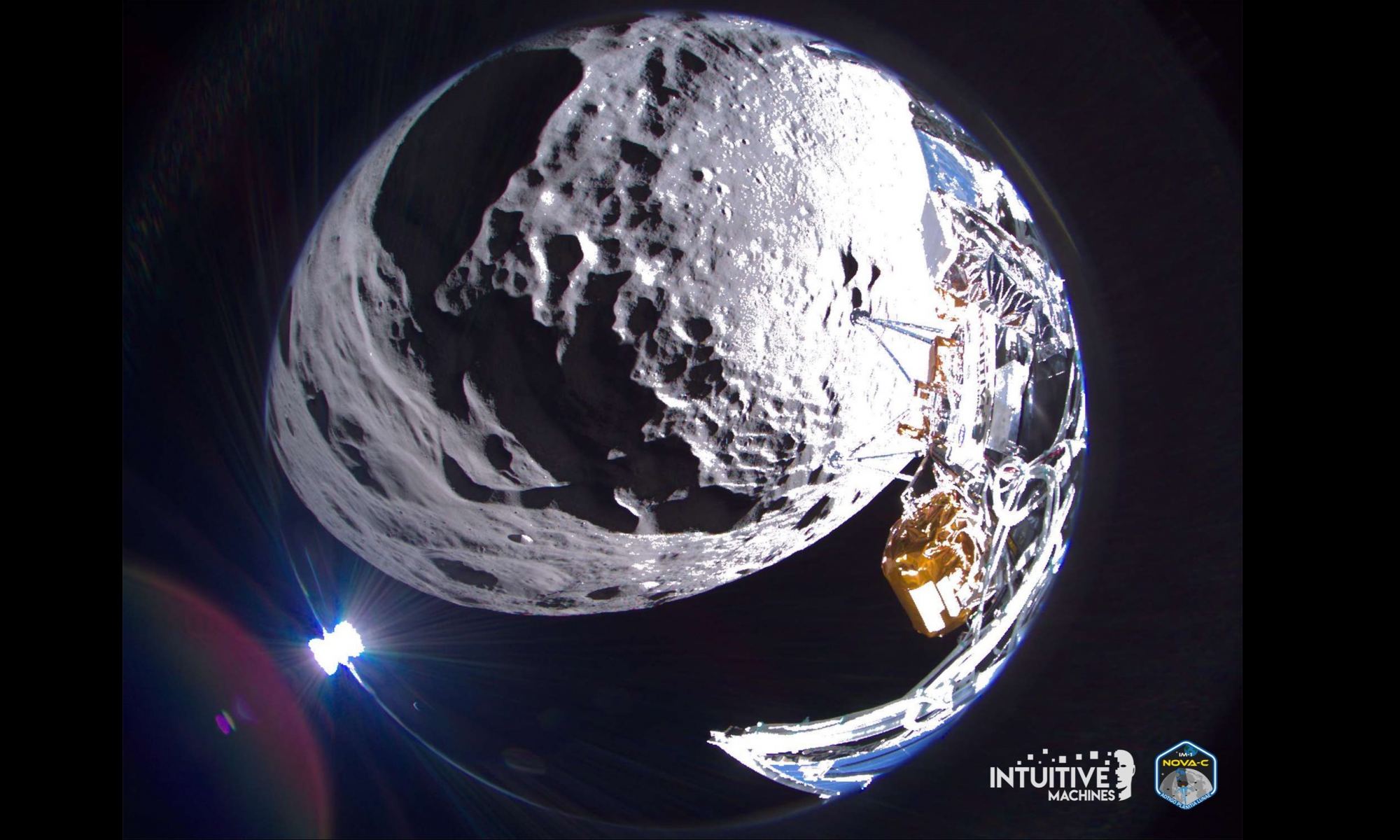
The bad news is that Intuitive Machines’ Odysseus lander is tipped on its side after getting tripped up during its touchdown near the south pole of the moon. The good news? The plucky robotic spacecraft is nevertheless able to send back data.
Mission managers at the Houston-based company and at NASA, which is paying $118 million to support Odysseus’ space odyssey, are working on ways to maximize the scientific payback over the next nine or 10 days. “The vehicle is stable, near or at our intended landing site,” Intuitive Machines CEO Steve Altemus said today during a post-landing briefing at NASA’s Johnson Space Center. “We do have communications with the lander … so that’s phenomenal to begin with.”
Just by surviving the descent a day earlier, Odysseus made it into the history books as the first commercial lander to arrive safely on the moon — and the first U.S.-built spacecraft to do so since the Apollo 17 mission in 1972.
Continue reading “Odysseus Moon Lander Is Tipped Over But Still Sending Data”


